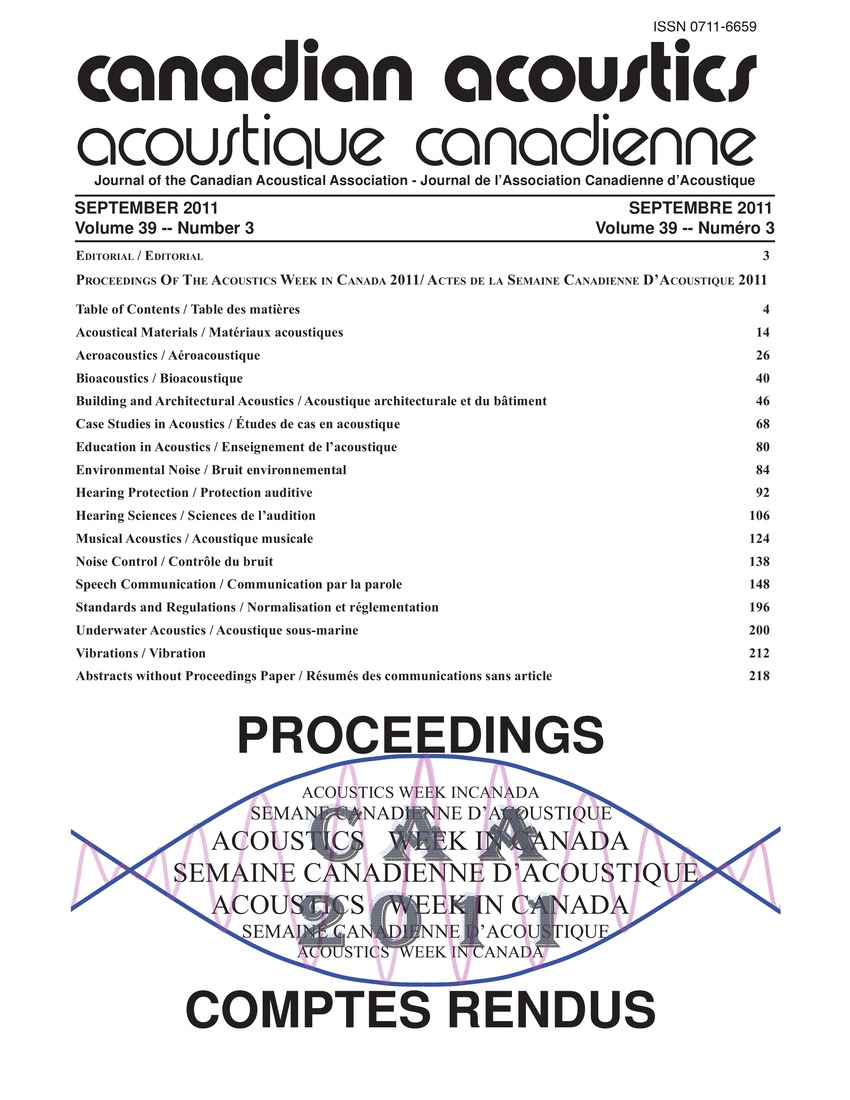Relearning sound localization with digital earplugs
Keywords:
Acoustic cues, Auditory systems, Ethics committee, Experimental procedure, Hearing disorders, Neurological disease, Sound localization, Sound source, Spatial positionsAbstract
The auditory system infers the location of sound sources from the processing of different acoustic cues. As the size of the head and the shape of the ears change over development, the association between acoustic cues and our expectation of external spatial position can not be fixed at birth, but has to be plastic. Two female and four male students aged 26-3 2 years with no history of hearing disorder or neurological disease, participated as paid volunteers, after having given informed consent. The experimental procedures were approved by the local ethics committee. During a sound localization run, each location was pseudo-randomly presented five times, for a total of 125 trials per run. No feedback was given. At the beginning of a run, the listener was asked to seat and lean his neck on a neck rest, so that his head was centered and that the laser pointed the central speaker.Additional Files
Published
How to Cite
Issue
Section
License
Author Licensing Addendum
This Licensing Addendum ("Addendum") is entered into between the undersigned Author(s) and Canadian Acoustics journal published by the Canadian Acoustical Association (hereinafter referred to as the "Publisher"). The Author(s) and the Publisher agree as follows:
-
Retained Rights: The Author(s) retain(s) the following rights:
- The right to reproduce, distribute, and publicly display the Work on the Author's personal website or the website of the Author's institution.
- The right to use the Work in the Author's teaching activities and presentations.
- The right to include the Work in a compilation for the Author's personal use, not for sale.
-
Grant of License: The Author(s) grant(s) to the Publisher a worldwide exclusive license to publish, reproduce, distribute, and display the Work in Canadian Acoustics and any other formats and media deemed appropriate by the Publisher.
-
Attribution: The Publisher agrees to include proper attribution to the Author(s) in all publications and reproductions of the Work.
-
No Conflict: This Addendum is intended to be in harmony with, and not in conflict with, the terms and conditions of the original agreement entered into between the Author(s) and the Publisher.
-
Copyright Clause: Copyright on articles is held by the Author(s). The corresponding Author has the right to grant on behalf of all Authors and does grant on behalf of all Authors, a worldwide exclusive license to the Publisher and its licensees in perpetuity, in all forms, formats, and media (whether known now or created in the future), including but not limited to the rights to publish, reproduce, distribute, display, store, translate, create adaptations, reprints, include within collections, and create summaries, extracts, and/or abstracts of the Contribution.


